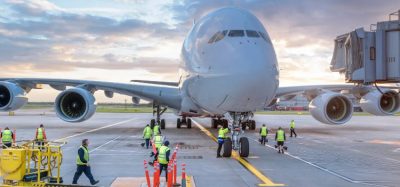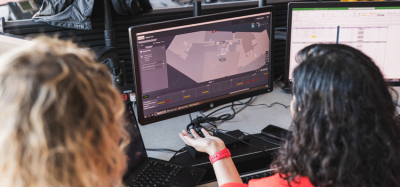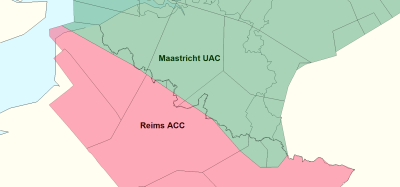‘FLY AI’ report highlights potential of AI in European aviation
- Like
- Digg
- Del
- Tumblr
- VKontakte
- Buffer
- Love This
- Odnoklassniki
- Meneame
- Blogger
- Amazon
- Yahoo Mail
- Gmail
- AOL
- Newsvine
- HackerNews
- Evernote
- MySpace
- Mail.ru
- Viadeo
- Line
- Comments
- Yummly
- SMS
- Viber
- Telegram
- Subscribe
- Skype
- Facebook Messenger
- Kakao
- LiveJournal
- Yammer
- Edgar
- Fintel
- Mix
- Instapaper
- Copy Link
Posted: 10 March 2020 | International Airport Review | No comments yet
The report finds that more needs to be done to harness the full potential of AI to ensure the breakthrough required for this technology in ATM.


The first FLY AI report has been published, looking at the current use of AI in aviation and assessing its future potential to transform the sector.
Produced by the European Aviation High Level Group on AI, the report aims to advance understanding among aviation and air traffic management (ATM) of artificial intelligence (AI) in a bid to help accelerate its uptake.
The report’s ‘FLY AI Action Plan’ suggests a number of practical measures designed to help advance the use of AI in the aviation and ATM sector, including work on a federated AI infrastructure, more AI research and development in key ATM areas (safety, cyber, operations both safety-critical and non-safety-critical), a focus on fostering the emergence of an AI culture through training and upskilling of staff across enterprises, more partnerships with other digital innovation hubs, AI specialists and other industrial sectors, and continued experience/knowledge sharing, communication and dissemination.
The report pools the expertise of EUROCONTROL and a wide range of key representatives from all aviation sectors (airlines, airports, Air Navigation Service Providers, manufacturers, EU bodies, military and staff associations).
“With European aviation facing growing pressure to reduce its environmental impact, as well as persistent capacity bottlenecks, we need more sophisticated changes on the ground and in the air, and quickly, if we want to accommodate sustainable traffic and passenger growth. Artificial intelligence can be a key ally in pursuit of this goal.
“This report can be seen as a catalyst. It should focus efforts and spur innovation so that we may overcome the main challenges facing the industry, and improve the passenger experience in a safe and resilient manner while adhering to ethical principles,” said European Commissioner for Transport, Adina Vălean.
The report notes the potential of AI for use in areas where it can reduce human workload or increase human capabilities in complex scenarios, for example to support air traffic controllers (ATCOs), air traffic safety electronics personnel (ATSEP), pilots, airport operators, flow controllers or cyber-security officers. AI will also play a fundamental role in driving the development of new ATM/U-space services, as new airspace users (high-level vehicles, low-level drones) seek to enter an already busy and complex airspace. AI will also increase safety and cyber-resilience through the provision of new conflict detection, traffic advisory and resolution tools.
In particular, AI will enable better use of aviation data leading to more accurate predictions and more sophisticated tools, increased productivity and enhanced use of scarce resources (for example airspace, runways, staff), helping to tackle both capacity and the environment, the two most significant challenges facing European aviation today.
“This ‘FLY AI’ report puts into context the progress that we have made already and demonstrates that by joining forces, we will be in a position to demystify and accelerate AI development and unlock its potential for the benefit of the whole community and the European Network in particular. My thanks go to all experts from the various organisations involved in this report – the European Commission, ACI-Europe, Airbus, ASD, CANSO, Heathrow Airport, Honeywell, IATA, IFATCA, IFATSEA, the SESAR Joint Undertaking, Thales, as well as our military partners EDA and NATO,” said Eamonn Brennan, Director General, EUROCONTROL.
Related topics
Related airports
Related organisations
Airbus, Airports Council International Europe (ACI Europe), ASD, CANSO (Civil Air Navigation Service Organisation), EUROCONTROL, Honeywell, IFATCA, IFATSEA, International Air Transport Association (IATA), NATO, SESAR, Thales


















